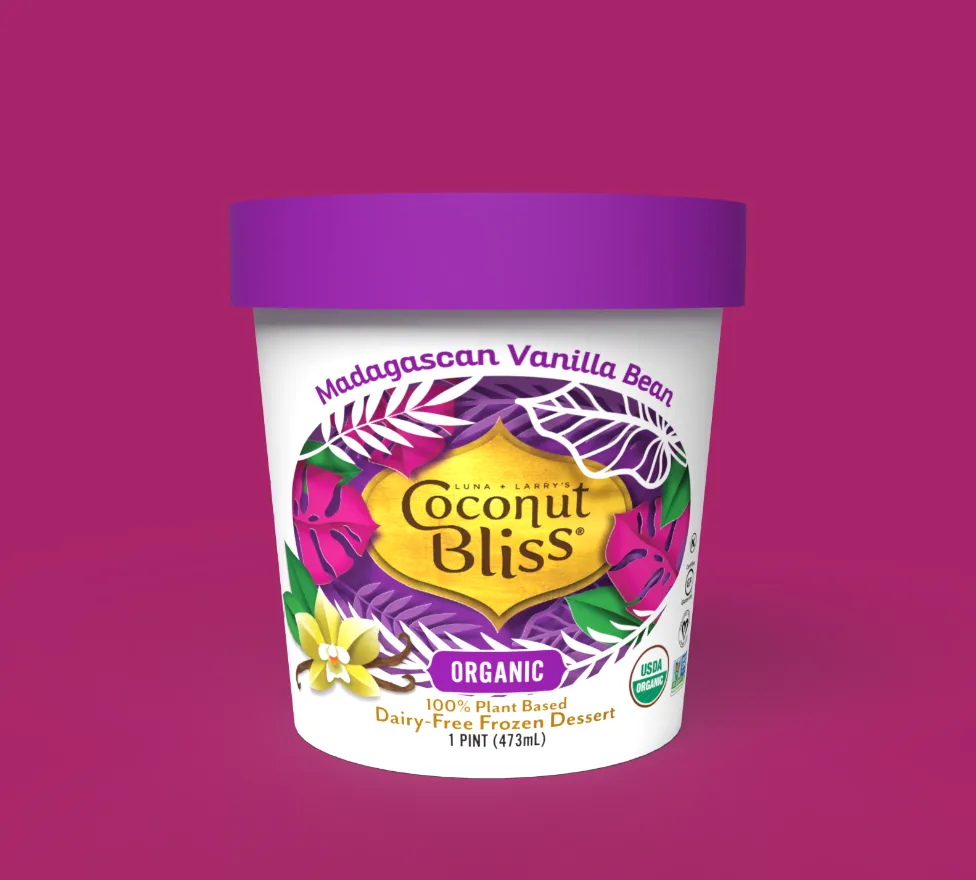
Revolution Design Group is an integrated creative design agency. But what does that mean? As a full-service agency, our team is composed of experts and artists, from copywriters to web developers to experienced graphic designers, who provide clients with a wide range of skills and abilities to make their visions possible.
Whether you’re a business seeking brand management, a student looking for a career in graphic design, or a company ready for a website redesign, graphic design designers play an important role throughout the marketing landscape and perform a variety of tasks throughout their careers.
In many ways, graphic designers add immense value to any project they touch – from photo and video editing, product packaging design, and retail optimization to website design, social media graphics, and blog or emailer graphics. While the list of their tasks and capabilities can seem endless, here are the 5 things graphic designers do:
1. Create and Maintain Brand Standards
Brand guidelines communicate a brand’s ethos, from client to customer – and ultimately – can make or break a brand. Creative agencies, like RDG, go beyond simply designing a logo or website, but work strategically (we’re talking case studies, research and development, and over 50 years of combined experience, this isn’t guesswork!) to determine a creative direction that resonates. Every brand has its own personality and requires a tailored approach to how it’s represented. Its logos, typography, messaging, tone of voice, and overall look and feel help create a consistent and recognizable brand identity, which is crucial for building awareness, loyalty, and trust. This set of established guidelines then leads the direction for all marketing materials, from brochures and business cards, to email blasts, website design, print materials, social media, and more. Even with a new product, business line, or even change of ownership, these highly intentional brand standards are kept intact and remain a key foundation for the future.
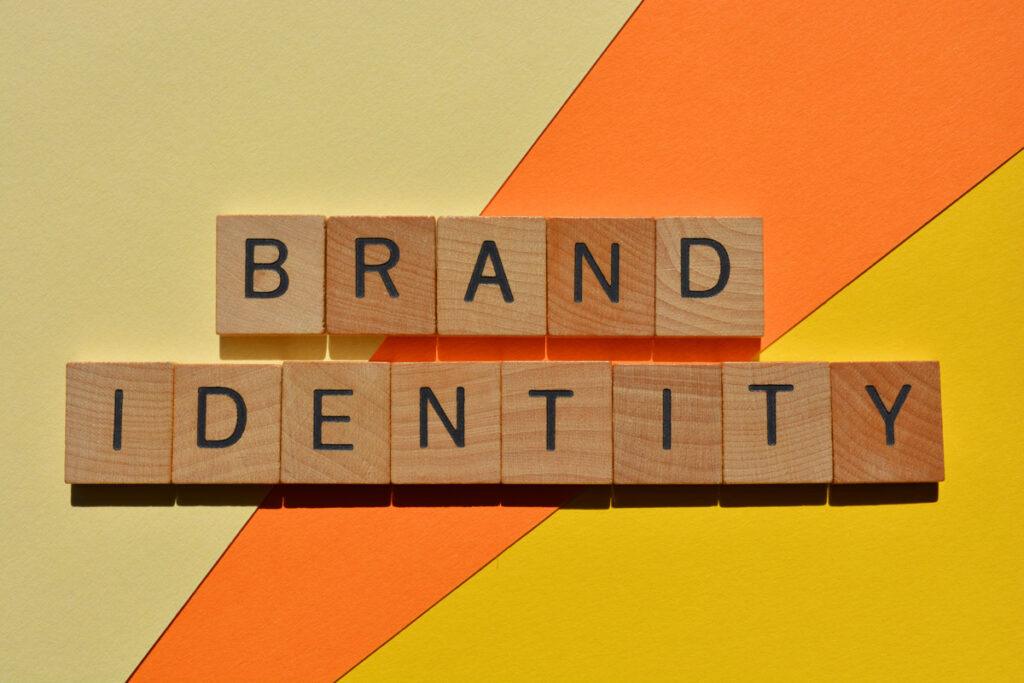
2. Real-World Application
Good graphic designers will problem-solve within the constraints of real-world applications of design and design elements, meaning they’ll make a design look just as good on a mobile device as it would on a highway billboard. The professionally-crafted design will translate across multiple mediums, whether it be print or digital. This also means a client’s design will never be flat when done right – it will be multifaceted, spatially attuned, versatile, and have an impactful real-world application.
3. Client Direction
Graphic designers ARE the experts when it comes to the visual representation of information related to a brand. They’ve seen what sells, know how to connect with a customer, and truly partner with clients to bring their vision to life. Throughout the process of graphic design, designers will work hand-in-hand with clients to zero in on what will make their brand or business stand out in an often oversaturated crowd. In doing so, designers provide clients with specific directions to head in, guiding everyone toward the bigger picture based on research and development, data, creativity, and experience. It’s easy to be pulled into a million different directions when creating a brand or rebranding, but good graphic designers will lead clients through the journey with skilled hands, helping them to stay the course toward success.

4. Vendor Relations
Whether it’s print specs, scalability, color variation, or material selection, graphic designers will take point on these creative jobs to ensure a smooth process and delivery for clients. This includes project management, vendor communication, ensuring design consistency, managing timelines, providing feedback, and quality control. Designers need to be fluent in the language of multiple mediums and work with both clients and vendors to effectively outline expectations for design concepts, layouts, and color schemes for all kinds of print or digital projects. This takes the burden off of a business, whether it’s a small brick-and-mortar or national franchise, to free up valuable resources for more powerful priorities.
5. Software Savoir
Being software savvy and a graphic designer go hand in hand. Artists in this craft work within select software systems to create, edit, and manipulate visual elements for a variety of media, including print, web, video, and more. Graphic designers will create and edit digital images, create vector graphics, complete website layouts, and page design, or edit videos and animation. Popular Adobe Creative Cloud software programs include Adobe Photoshop for photo editing, graphic creation, and website design; Adobe Illustrator for vector graphics such as logo creation and other illustrations or scalable graphics; Adobe InDesign for desktop publishing and layout design commonly used for magazines, brochures or flyers; AdobeXD for website designs and layouts; Adobe Acrobat to create, view and edit PDF documents, Premier Pro for video editing and production; and After Effects for motion graphics and visual effects.

Established in 2010, RDG continues to evolve and adapt while delivering the highest quality design work possible with a talented team of experienced and dedicated graphic designers and marketing experts. Since 2010, our team has worked with over 250 companies to help define brand strategies and develop visual communications through our integrated marketing approach. What’s more, we have fun doing it. Stay connected with RDG on Facebook, Instagram, Twitter, and Linkedin, or get in touch with us here.

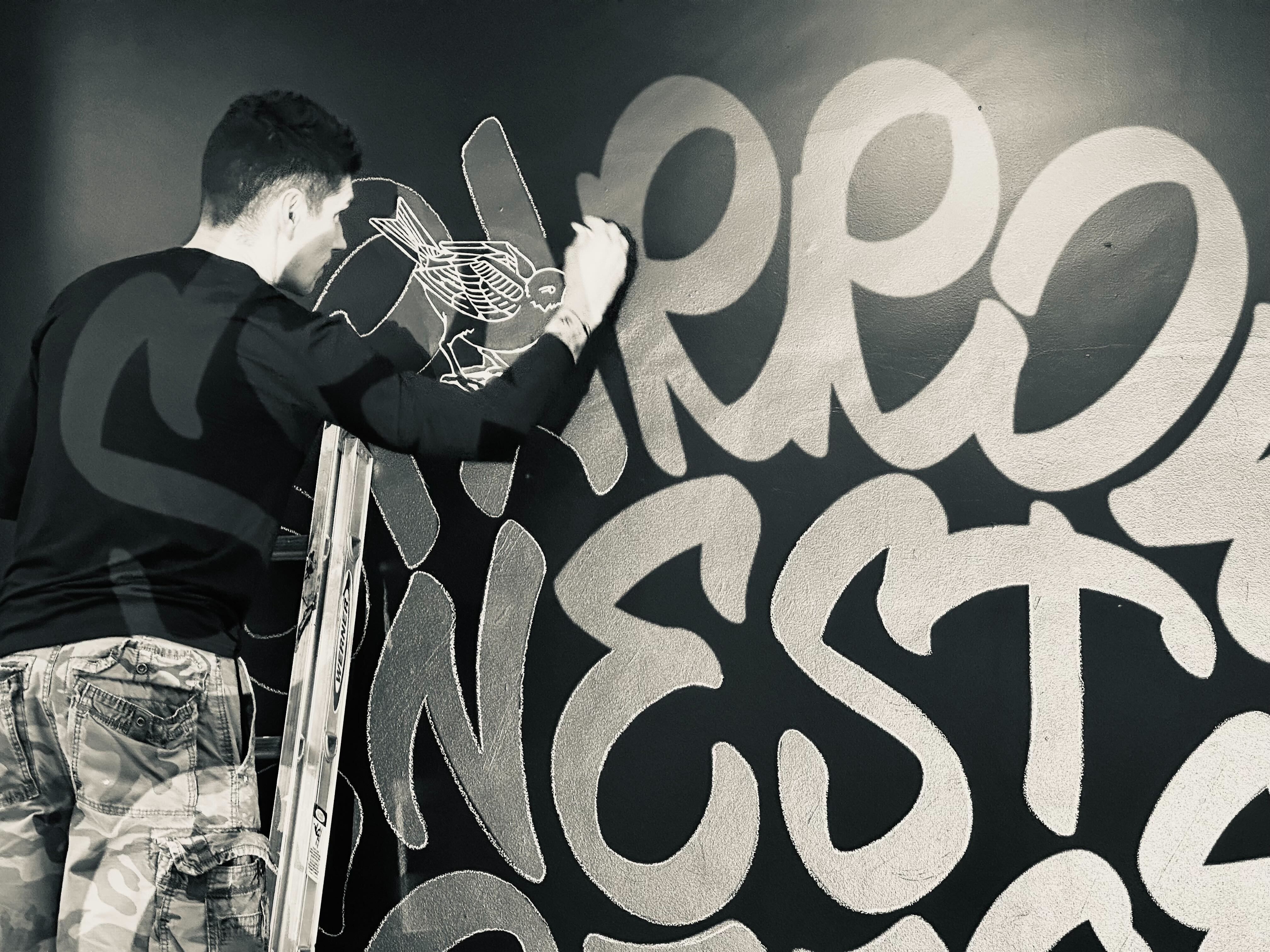 Mar
Mar 


 Dec
Dec 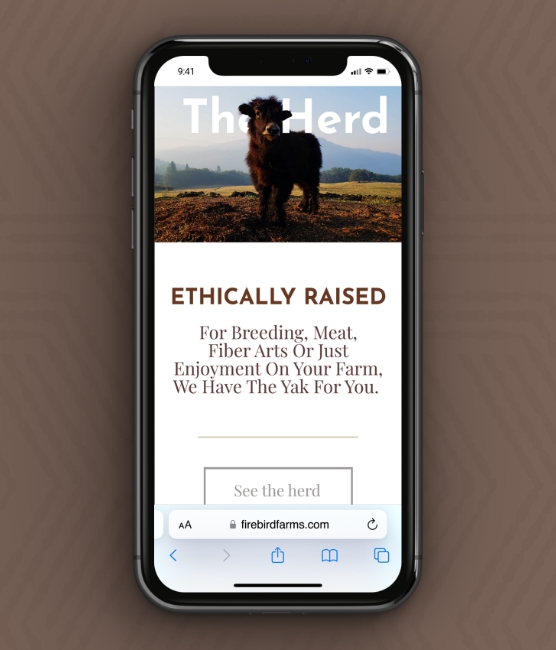 Aug
Aug 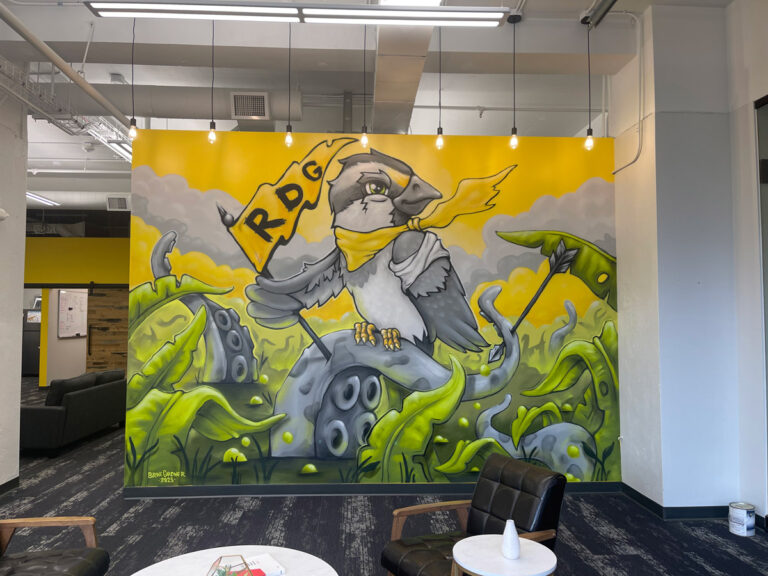 Apr
Apr 
